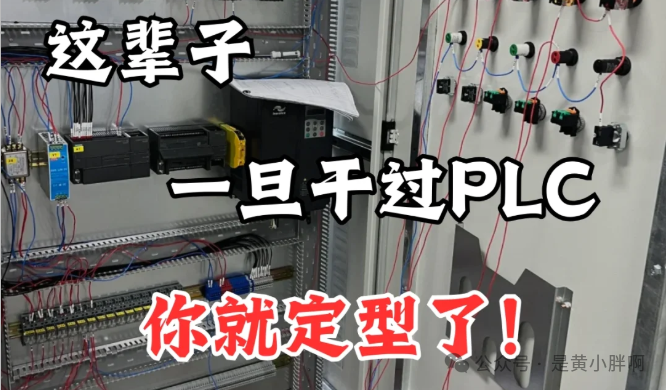
PLC Wireless Communication: Industrial WiFi Networking Solutions to Eliminate Cable Constraints and Reduce Costs by 80%
Introduction
Hello everyone! Today, I want to share a technology that excites factory automation engineers—PLC Wireless Communication!<span>Imagine your production line no longer being constrained by a tangle of cables, with installation and maintenance costs dropping by 80%. Isn't that enticing?</span> Don’t worry, I will break down this technology in the most relatable way, ensuring you can use it after listening!
Why is Wireless Communication Needed?
First, let’s complain about the pain points of traditional wired solutions:
-
<span>Cable costs are skyrocketing</span>: For a 100-meter long production line, just the procurement and installation costs of signal and power cables can buy a new PLC! -
Maintenance nightmares: Rodents chewing on wires, forklifts crushing cables, connectors oxidizing…
<span>80% of failures occur in the wiring!</span> -
Difficult renovations: Want to adjust the equipment layout? Be prepared to dig up and rewire!
Industrial WiFi networking is like giving your PLC “invisible wings”:
✅ Save 90% on cable costs
✅ Adjust equipment locations at any time
✅ Reduce troubleshooting time by 50%
Three Core Solutions for Industrial WiFi Networking
Solution 1: Standard WiFi Direct Connection (suitable for small to medium workshops)
<span>Technical Highlights</span>:
-
Use industrial-grade wireless routers (recommended Siemens SCALANCE W series)
-
PLC communicates directly via TCP/IP protocol
-
<span>Transmission distance ≤ 100 meters, moderate anti-interference capability</span>
Case Study: A food packaging workshop replaced the original 300-meter long Profibus cable with WiFi,<span>saving ¥42,000 in material costs and 3 days of construction time!</span>!
Solution 2: Mesh Self-Organizing Network (preferred for complex environments)
When there are many metal devices in the workshop, standard WiFi signals can be severely obstructed. At this point, it is necessary to:
-
Deploy multiple Mesh nodes (such as Hirschmann’s industrial AP)
-
Nodes automatically find the best path between them
-
<span>Even if a node fails, the network can self-heal</span>
Measured Data: In an automotive welding workshop, the Mesh network achieved99.98% communication reliability, reducing failure rates by 75% compared to traditional solutions!
Solution 3: 5G Industrial Private Network (future trend)
For super-large factories or scenarios requiring ultra-low latency:
-
Operators deploy local 5G base stations
-
PLC connects via 5G module
-
<span>Latency can be controlled within 10ms, comparable to wired!</span>
Stunning effects from a tire factory:
▶ 5G replaced 23 kilometers of optical fiber
▶ Mobile AGV scheduling response speed increased by 40%
▶ <span>Overall network costs reduced by 85%</span>
Five Major Pitfall Avoidance Guidelines for Implementation
-
Frequency Band Selection: Preferably use the 5GHz band (2.4GHz is too crowded)
-
Encryption is a Must: Always enable WPA3 enterprise-level encryption,
<span>don't let hackers turn your production line into a Bitcoin mine!</span> -
Signal Testing: Use a WiFi scanner to check for dead zones (recommended Ekahau tool)
-
QoS Settings: Assign the highest priority to PLC data streams
-
Backup Solutions: Keep wired interfaces for critical nodes
Cost Comparison Table (within 100 meters)
| Item | Traditional Cable Solution | Industrial WiFi Solution | Savings |
|—————|————-|————-|———|
| Material Cost | ¥15,000 | ¥2,800 | 81% |
| Construction Time | 3 days | 0.5 days | 83% |
| Future Renovation Cost | ¥8,000/time | ¥0 | 100% |
Interactive Questions
-
Which devices in your factory most need to “cut the cord”?
-
For those who have tried wireless solutions, what strange interference sources have you encountered? (We once had a microwave take down the entire network…)
-
When do you think 5G industrial networks will become widespread?
Conclusion
<span>Wireless is not the future, but the present!</span> Starting today, let your PLC break free from cable constraints and create 120% efficiency at 80% of the cost!<span>Leave your workshop pain points in the comments, and I will help you with solutions!</span>
ShareSaveViewLike